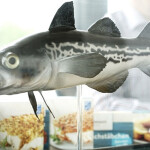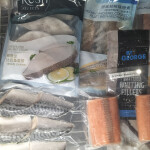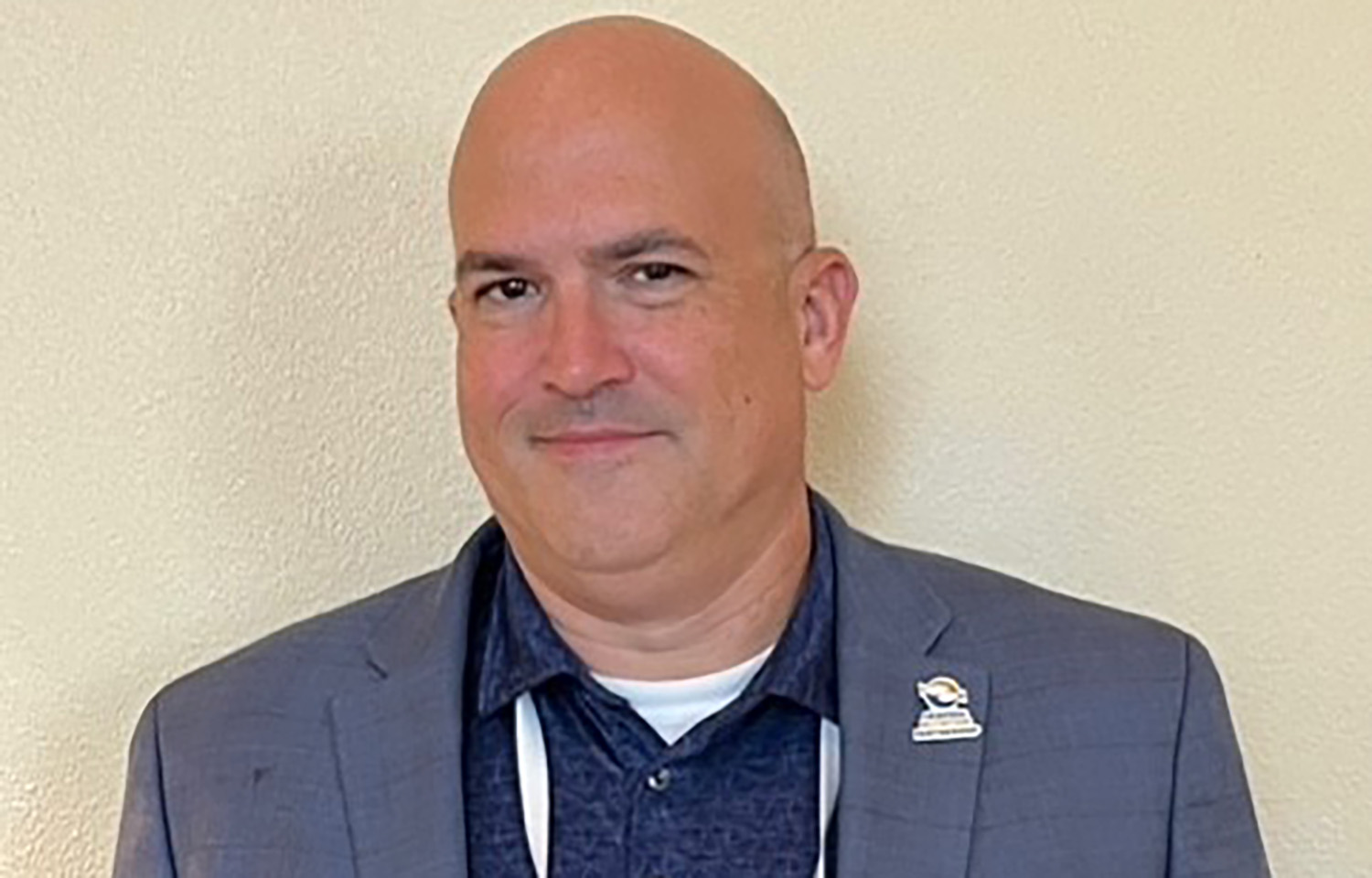Seafood sales at U.S. retail stores dipped in 2023 due to high levels of inflation, tighter purchasing power for consumers, and a number of other factors.
After two years of higher sales and retailers effectively moving through built-up inventory, demand for seafood fell in 2023, leaving the entire supply chain scrambling to find solutions, H-E-B Vice President of Seafood Jason Driskill told SeafoodSource at the 2024 Global Seafood Marketing Conference, which took place from 23 to 25 January in Orlando, Florida, U.S.A.
“As an industry, we’ve never been through anything like this,” he said. “We have to make up for a lot of sales … no one was going to pay USD 25 [EUR 23] per pound for snow crab, for example.”
As the new year gets into full swing, grocery executives, including Driskill, are examining ways to turn things around.
H-E-B, a San Antonio, Texas, U.S.A.-based grocery chain that operates 400 stores, is “staying aggressive” on seafood pricing and promotions to ensure it isn't sitting on a pile of old inventory with no way to move through it, Driskill said.
One of those efforts is a recently announced promotion done in collaboration with Seafood Nutrition Partnership’s “Fall in Love with Seafood” campaign. Throughout January, the retailer is prominently displaying seafood visuals throughout its digital and physical stores and offering a wider variety of seafood options, including salmon, shrimp, scallops, trout, and tilapia. H-E-B is running specials on fresh Atlantic salmon, Blue Circle frozen salmon portions, Great Catch tilapia, raw and cooked shrimp, surimi, sushi, poke bowls, and other items, Driskill said.
In addition to pricing discounts, H-E-B is working to spark demand by carrying several different formats of salmon – including portions, fillets, and value-added items, among others – and featuring salmon in its fresh service cases and chilled grab-and-go cases.
But one hurdle that has been difficult to overcome, Driskill said, is salmon’s – particularly farmed salmon’s – “affordability problem.”
“It’s getting more and more expensive, and fewer consumers are going to stay with salmon for that reason,” Driskill said, specifically pointing to the fact that there is simply not enough production to maintain a steady, reasonable price.
In fact, fresh salmon prices rose throughout 2023 and were up 3.5 percent year over year in Q4 2023, according to Circana and 210 Analytics. As a result, sales in the category dropped 0.9 percent by value and 3.8 percent by volume for the year ending 31 December.
To alleviate pricing issues from killing consumer demand, Driskill said there needs to be more buy-in from ...
Photo by Christine Blank/SeafoodSource








